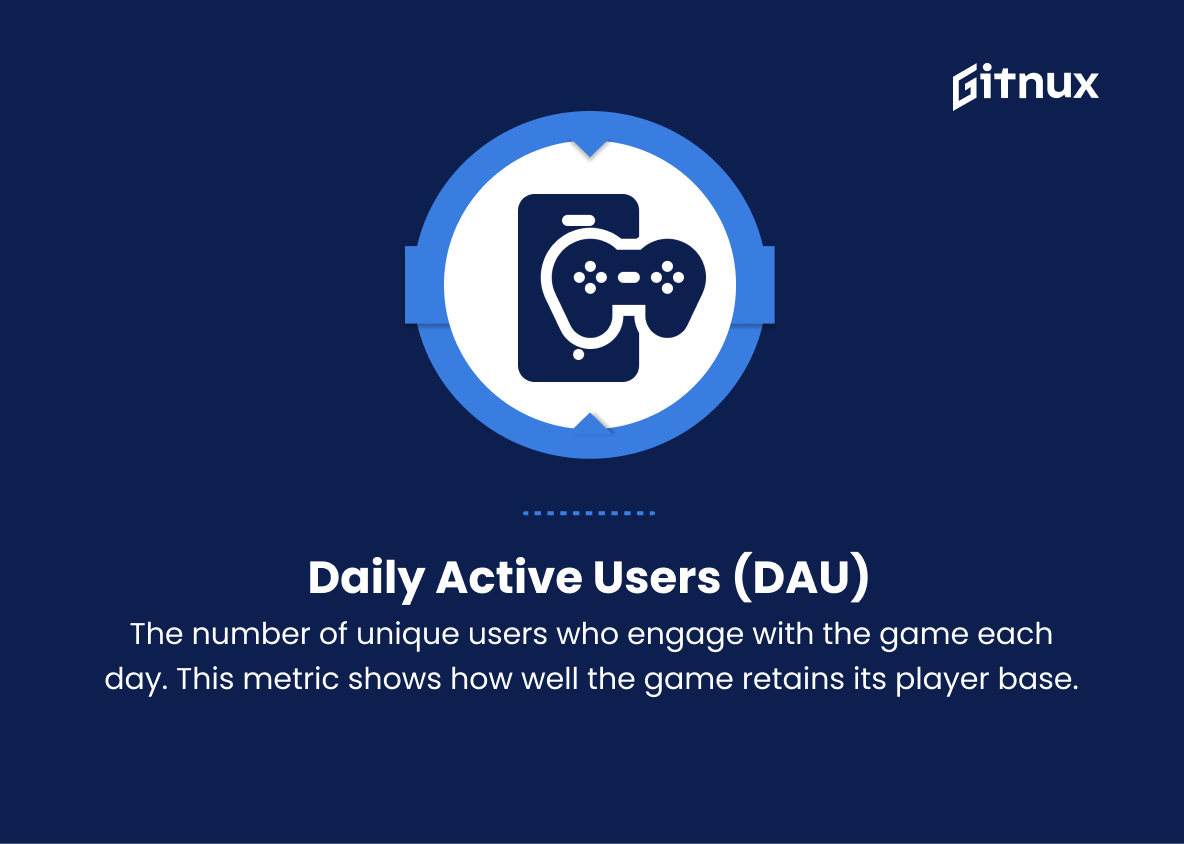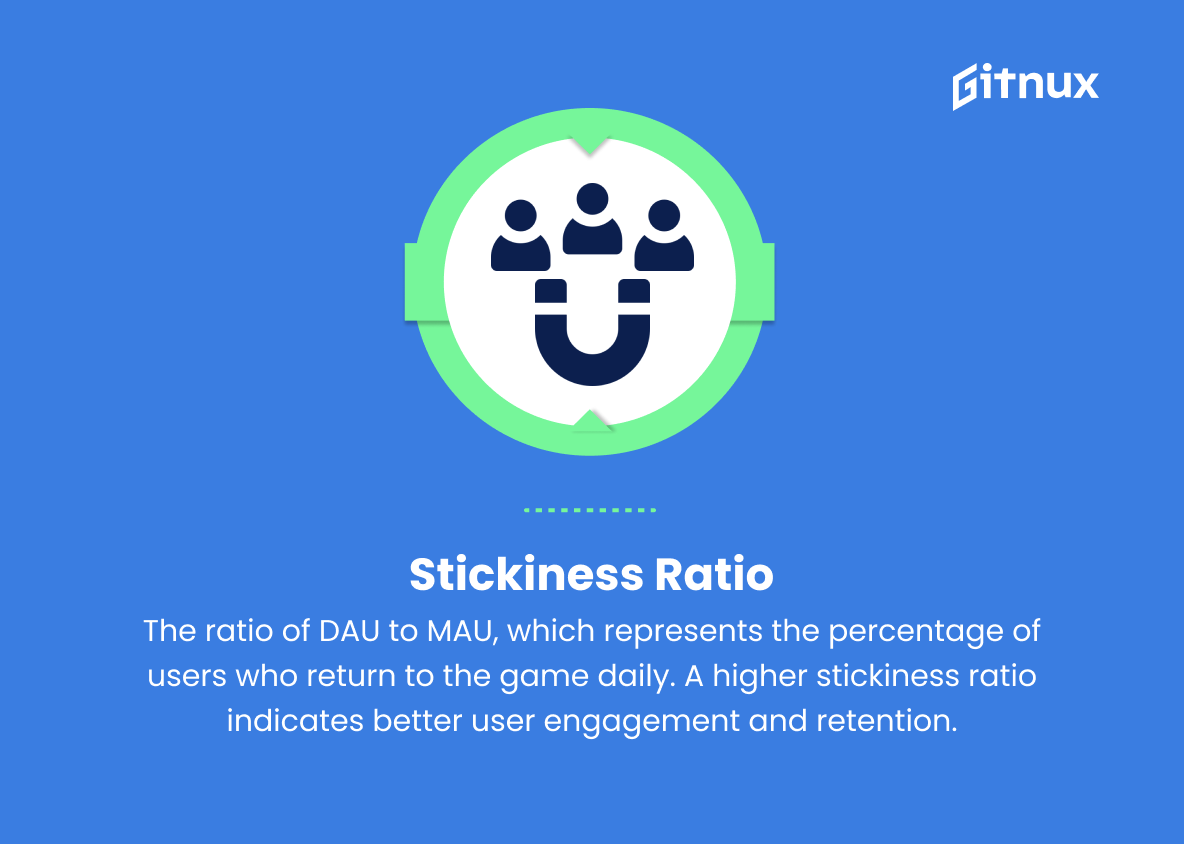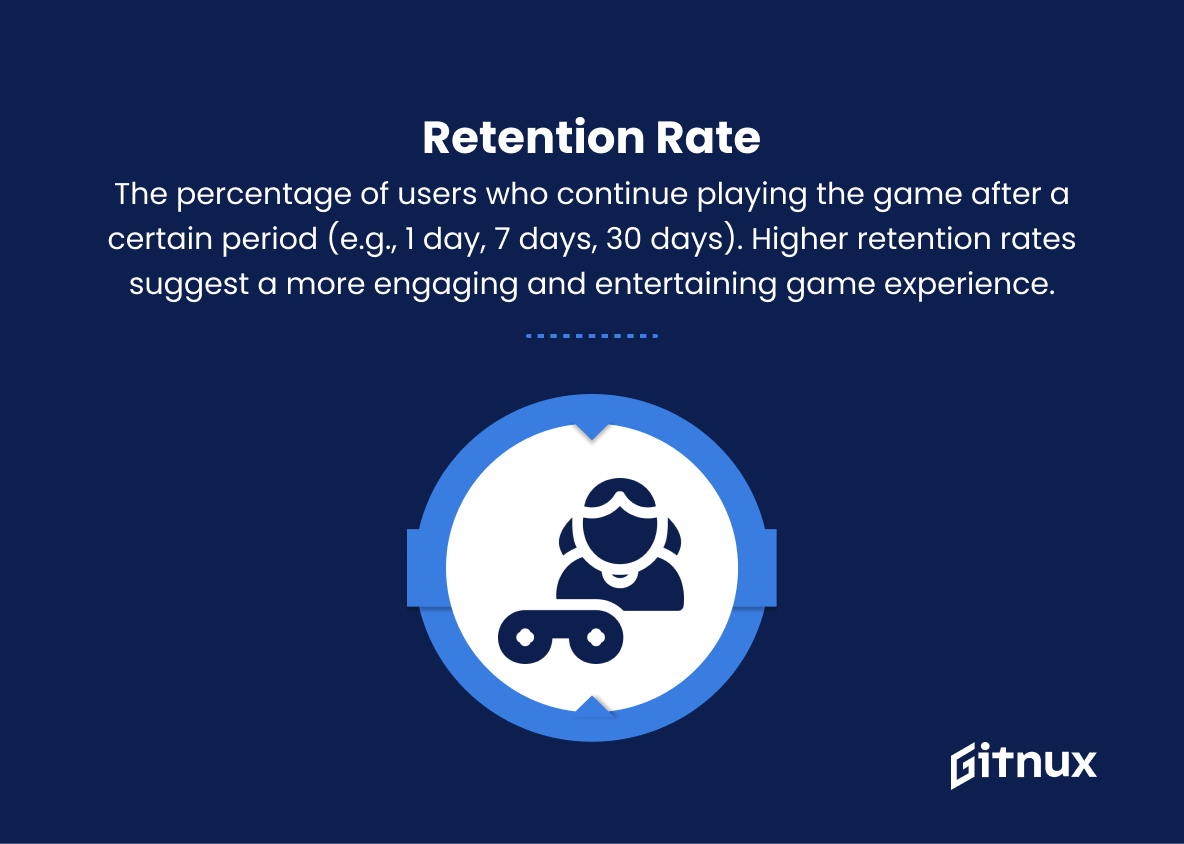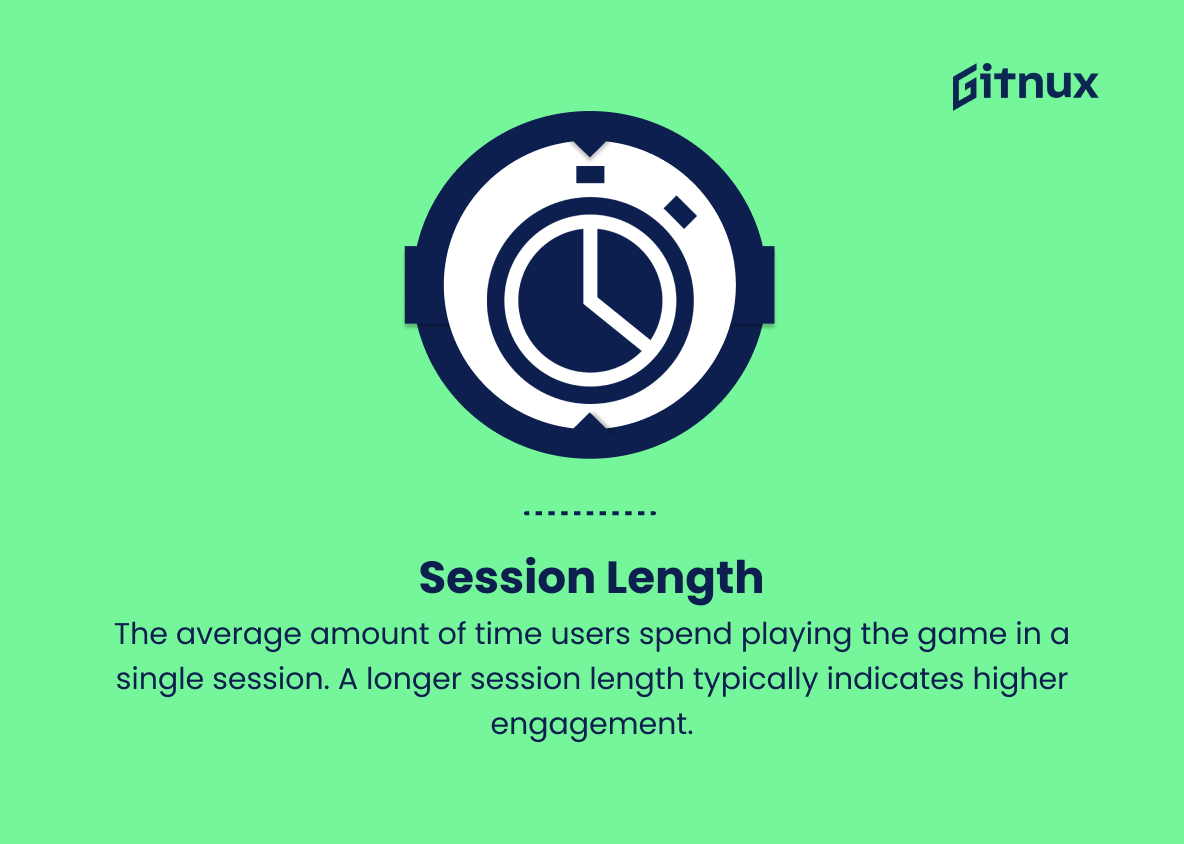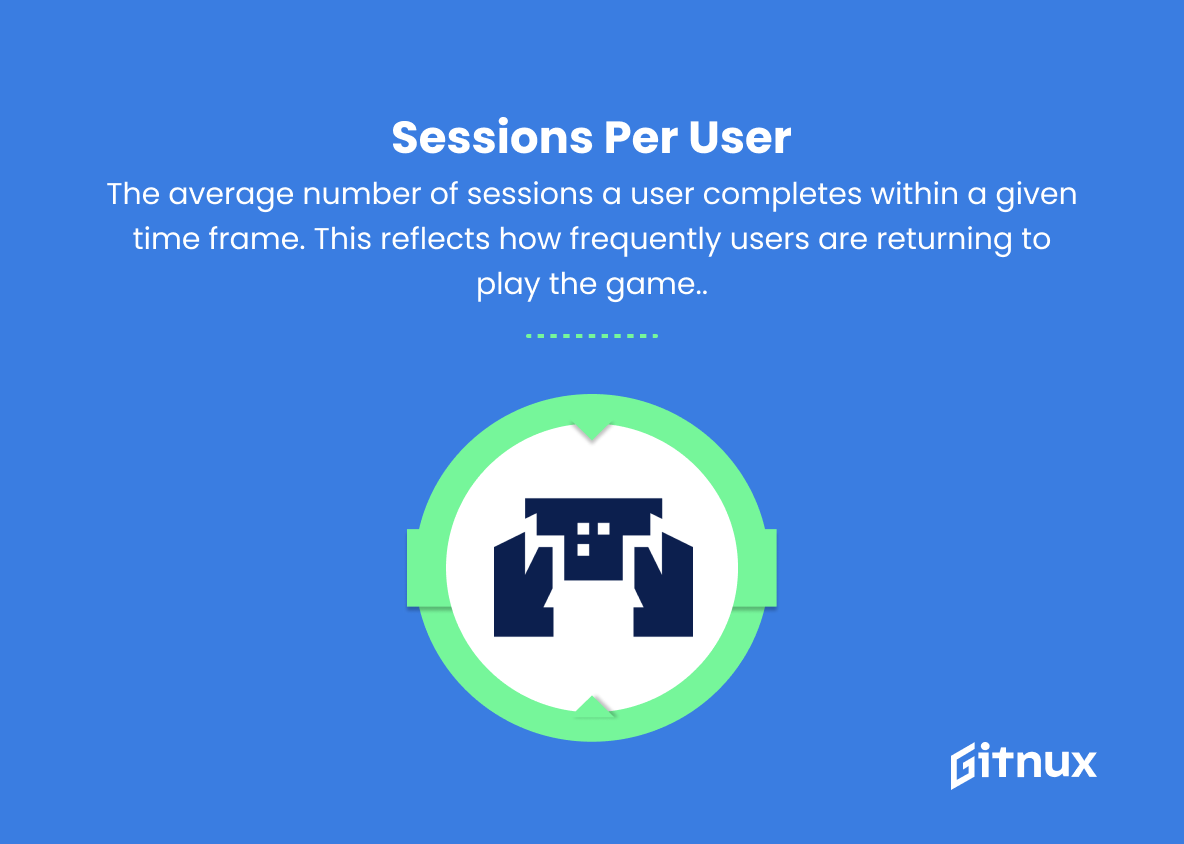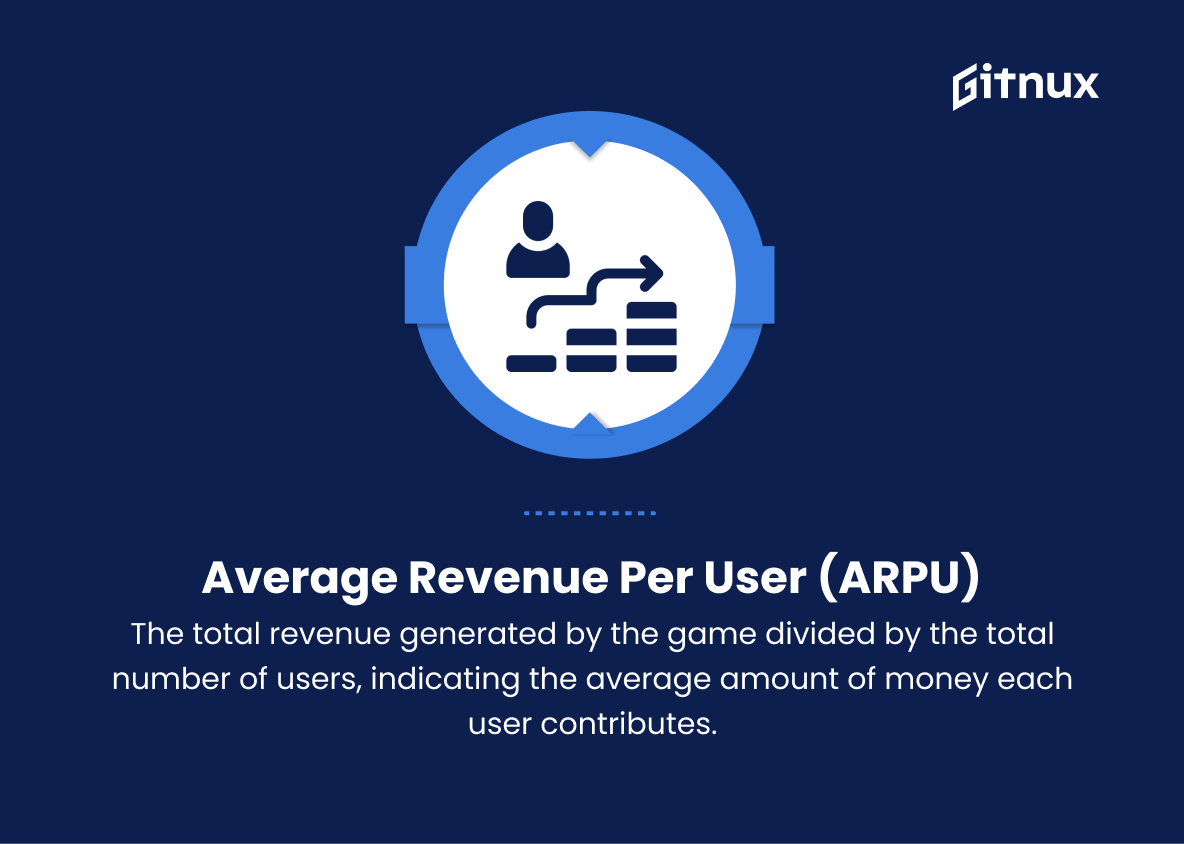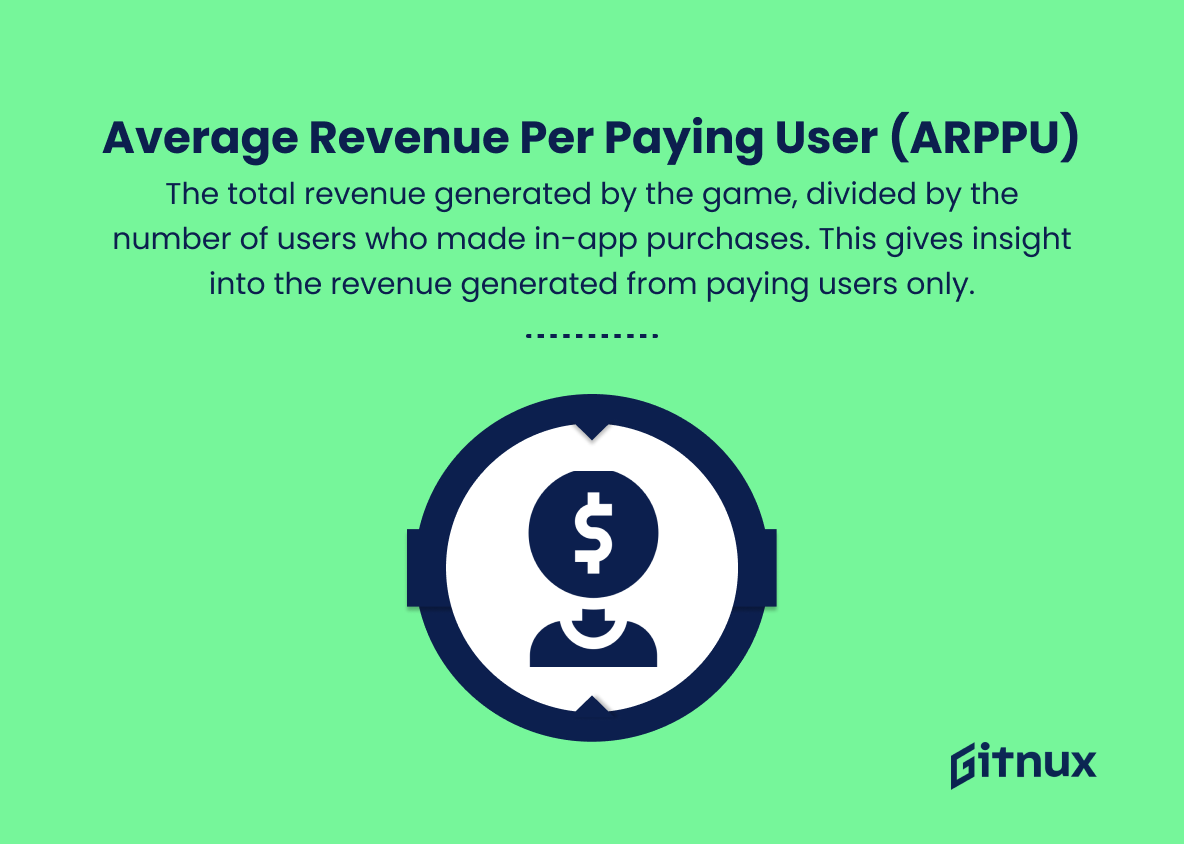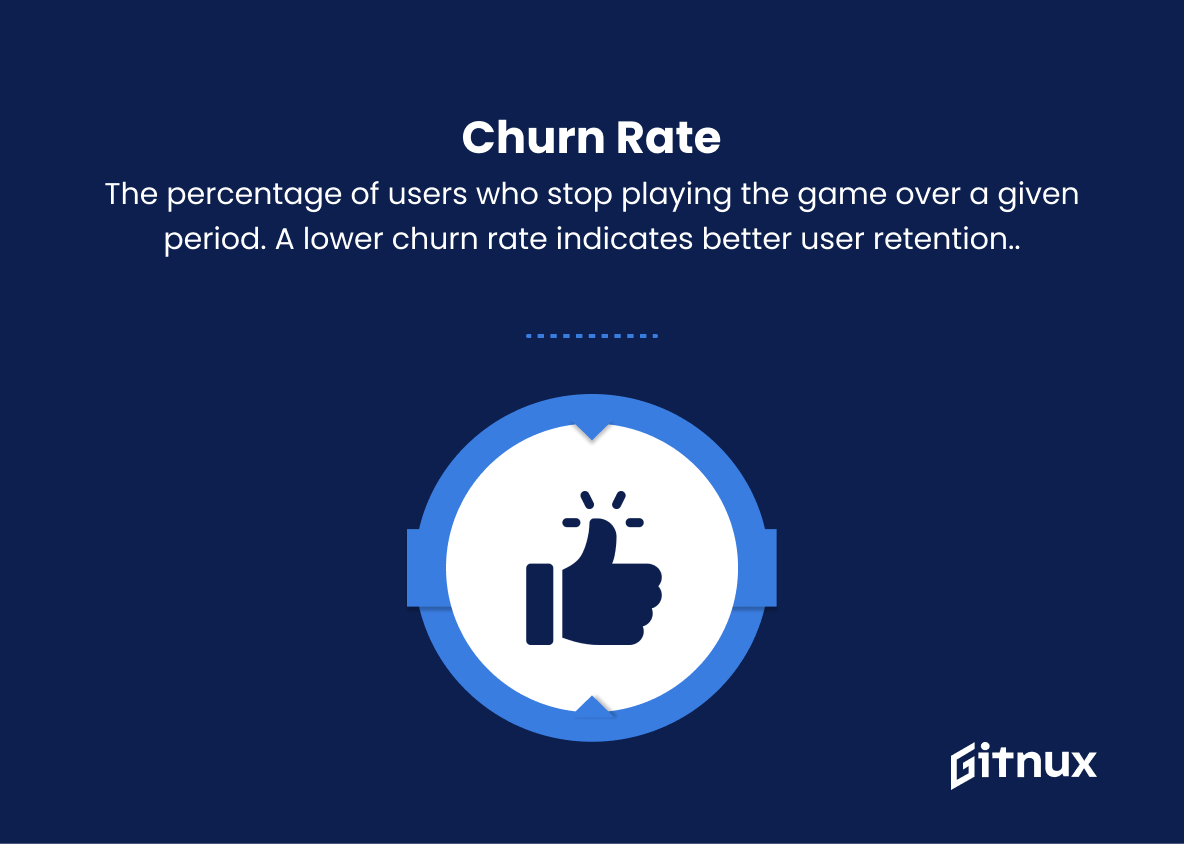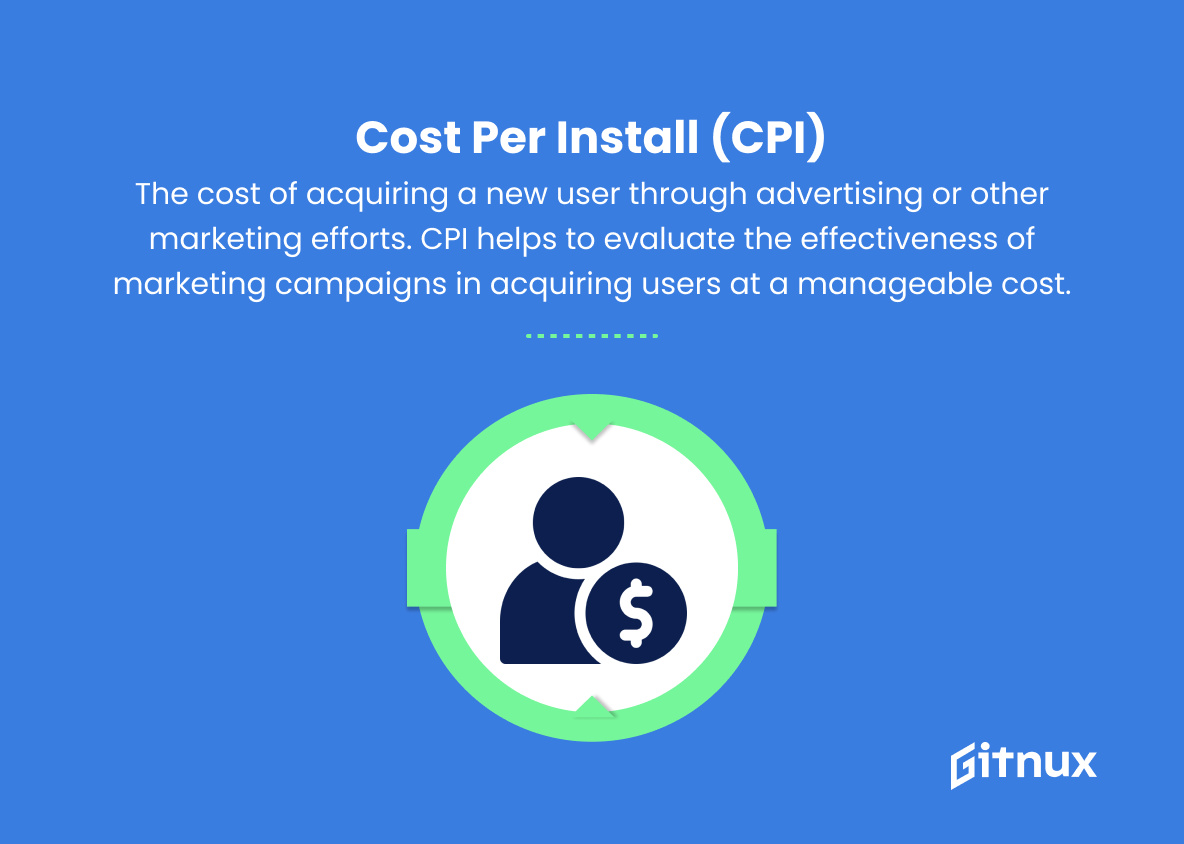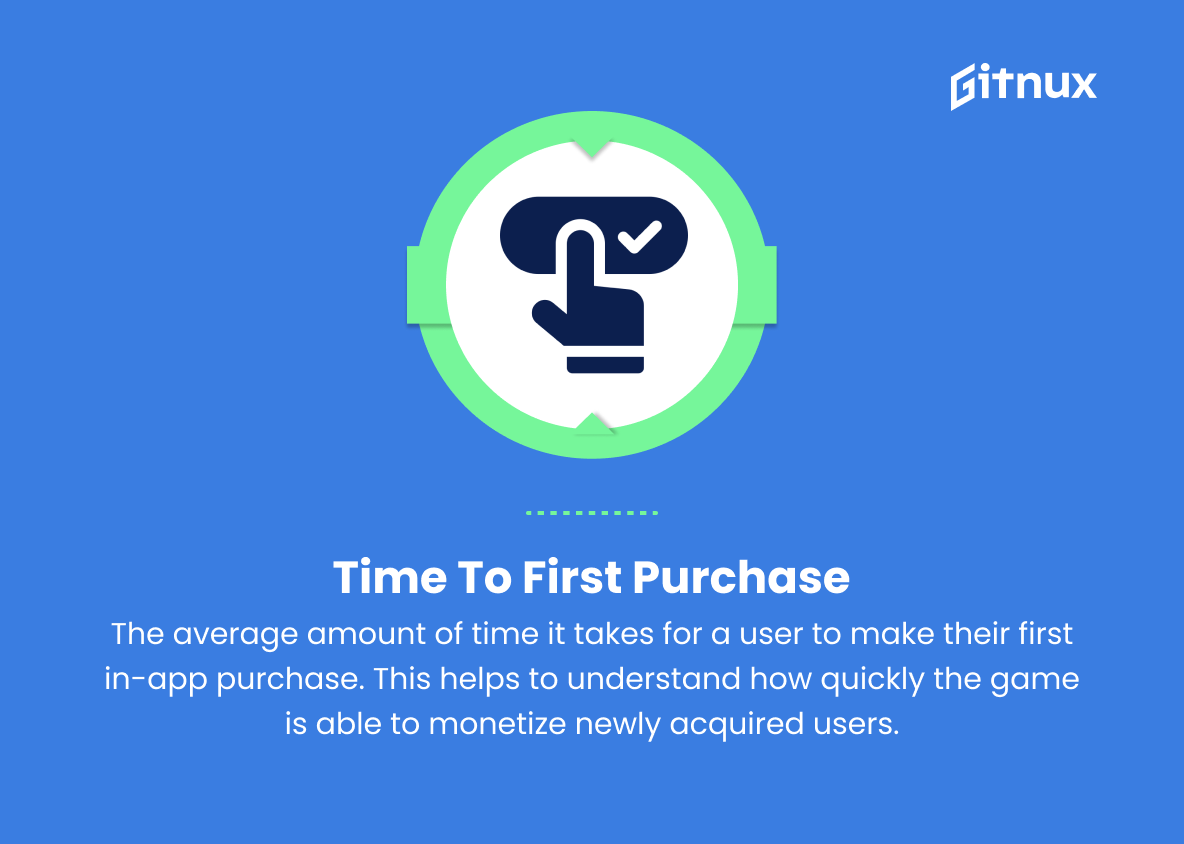In today’s digital landscape, mobile gaming has experienced exponential growth and has cemented its status as a major pillar of the entertainment industry. With an ever-increasing number of game developers vying for attention and looking to create engaging and successful products, a deep understanding of mobile game performance metrics is essential for staying ahead of the competition.
In this insightful blog post, we will delve into the most crucial performance metrics every game developer and marketer must keep an eye on to ensure their mobile game thrives in this rapidly evolving market. We will explore key aspects such as user behavior, retention, engagement, monetization, and more, providing you with the knowledge necessary to optimize your mobile gaming experience and ultimately achieve sustainable success. So, grab your notepad and get ready for an enlightening journey into the world of mobile game performance metrics.
Mobile Game Performance Metrics You Should Know
1. Daily Active Users (DAU)
The number of unique users who engage with the game each day. This metric shows how well the game retains its player base.
2. Monthly Active Users (MAU)
The number of unique users who engage with the game in a month. This helps to gauge the game’s overall reach and popularity.
3. Stickiness Ratio
The ratio of DAU to MAU, which represents the percentage of users who return to the game daily. A higher stickiness ratio indicates better user engagement and retention.
4. Retention Rate
The percentage of users who continue playing the game after a certain period (e.g., 1 day, 7 days, 30 days). Higher retention rates suggest a more engaging and entertaining game experience.
5. Session Length
The average amount of time users spend playing the game in a single session. A longer session length typically indicates higher engagement.
6. Sessions per User
The average number of sessions a user completes within a given time frame. This reflects how frequently users are returning to play the game.
7. Average Revenue per User (ARPU)
The total revenue generated by the game divided by the total number of users, indicating the average amount of money each user contributes.
8. Average Revenue per Paying User (ARPPU)
The total revenue generated by the game, divided by the number of users who made in-app purchases. This gives insight into the revenue generated from paying users only.
9. Conversion Rate
The percentage of users who make in-app purchases or subscribe to premium features. A higher conversion rate suggests effective monetization strategies.
10. Churn Rate
The percentage of users who stop playing the game over a given period. A lower churn rate indicates better user retention.
11. Lifetime Value (LTV)
The projected revenue that each user will generate over the entire duration of their engagement with the game. This helps to assess the long-term value of a user and inform marketing budgets.
12. Cost per Install (CPI)
The cost of acquiring a new user through advertising or other marketing efforts. CPI helps to evaluate the effectiveness of marketing campaigns in acquiring users at a manageable cost.
13. Virality Coefficient
The number of new users acquired through referrals or organic recommendations by existing players. A higher virality coefficient suggests a game’s potential to spread through word-of-mouth.
14. Engagement Rate
The percentage of users who complete specific actions in the game, such as completing levels, making in-app purchases, or participating in social activities. Higher engagement rates indicate more active and invested players.
15. Time to First Purchase
The average amount of time it takes for a user to make their first in-app purchase. This helps to understand how quickly the game is able to monetize newly acquired users.
Mobile Game Performance Metrics Explained
Mobile game performance metrics are essential to understand the effectiveness of a game in terms of user engagement, retention, and monetization. Daily Active Users (DAU) and Monthly Active Users (MAU) provide insights into the size and stability of a game’s player base, while the Stickiness Ratio highlights user engagement and daily return rates. Retention Rate allows developers to evaluate the longevity of their game’s appeal, while Session Length and Sessions per User show how sustained and frequent that engagement is.
Crucial financial metrics include Average Revenue per User (ARPU), Average Revenue per Paying User (ARPPU), and Conversion Rate, as these help assess monetization strategies and each user’s contribution to overall revenue. Meanwhile, Churn Rate and Lifetime Value (LTV) demonstrate user retention and long-term engagement. Marketing effectiveness is measured through metrics like Cost per Install (CPI) and Virality Coefficient, which reveal acquisition costs and organic growth potential. Lastly, Engagement Rate and Time to First Purchase shed light on user involvement within the game and the efficiency of monetization efforts in converting new users to paying customers. In summary, these metrics offer comprehensive insights into a mobile game’s performance and areas for improvement, optimization, and growth.
Conclusion
In conclusion, mobile game performance metrics play a critical role in the success of any mobile game. By consistently monitoring and analyzing key performance indicators such as retention rate, average session length, monetization, and app store rankings, developers and publishers can make informed decisions to optimize their games and enhance user experience.
Moreover, these metrics enable them to identify potential issues and also tap into hidden opportunities for growth. As the mobile gaming industry continues to evolve, staying on top of these performance metrics will be instrumental in developing and maintaining high-quality, engaging, and competitive mobile games that resonate with players around the world.
